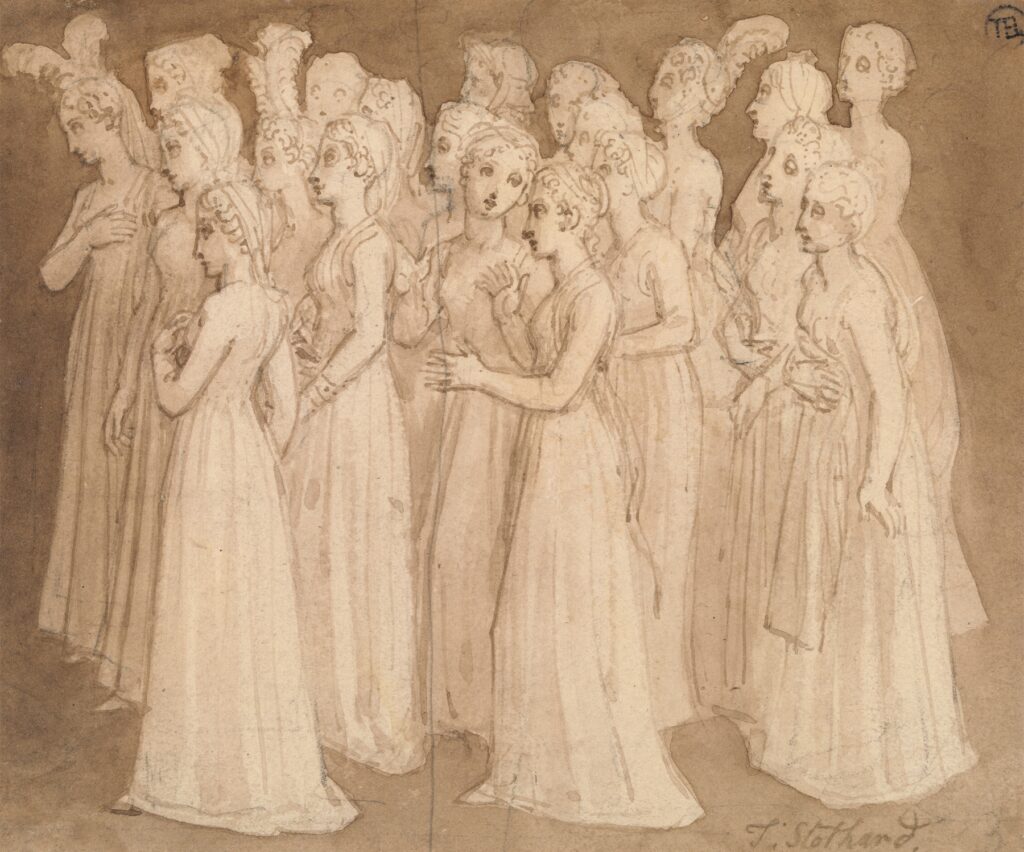
Cohort studies are a common study method throughout public health and intervention methods. By following groups of people who are alike in many ways but differ by a certain characteristic, researchers can uncover links between specific exposures and health outcomes. This Epi Explained will delve into the essence of cohort studies, elucidating their importance, methodology, types, and real-world applications, along with their strengths and limitations.
Introduction to Cohort Studies
What is a Cohort Study?
A cohort study is a longitudinal observational study design that follows a group of people (a cohort) over a period to determine how certain exposures affect specific outcomes. The term “cohort” originates from the Latin word “cohors,” meaning a group of people moving together. In epidemiology, this group shares common characteristics or experiences within a defined period.
Key Features of Cohort Studies
- Prospective or Retrospective: Cohort studies can be forward-looking (prospective), where participants are followed over time from exposure to outcome, or backward-looking (retrospective), where researchers look back at historical data to link exposures to outcomes.
- Comparison Groups: They typically involve at least two groups — one exposed to a certain factor and the other not (control group) — to compare the incidence of outcomes over time.
- Observational: Unlike randomized controlled trials, the investigator does not assign exposures; they only record what happens naturally.
How Do Cohort Studies Work?
Selection of Participants
The first step in a cohort study is defining and selecting the cohort. Participants are chosen based on their exposure to a certain factor or factors of interest before the onset of the disease or outcome being studied.
Exposure Assessment
Researchers then categorize the participants into groups based on their level or type of exposure. Exposures can range from environmental factors and lifestyle choices to genetic predispositions.
Follow-up Period
Participants are followed over time to observe the development of new cases of the outcome of interest. This period can last from a few days to several decades, depending on the condition being studied.
Data Analysis
The incidence rates of the outcome are calculated for each exposure group. Statistical analyses, often using Cox proportional hazards models or logistic regression, are applied to estimate the risk associated with the exposures, adjusting for potential confounders. Usually these results are reported in terms of significance, as well as effect size, so as to give a decent overview of whatever the study was observing.
Types of Cohort Studies
Prospective Cohort Studies
Prospective cohort studies monitor participants from exposure into the future, allowing researchers to observe how the disease progresses and how risk factors may change over time. This approach is powerful for studying rare exposures but can be time-consuming and expensive.
Retrospective Cohort Studies
Retrospective studies utilize existing records to identify cohorts and trace back in time to assess exposures. This method is faster and less costly but may be limited by the availability and accuracy of historical data.
Ambidirectional Cohort Studies
Combining elements of both prospective and retrospective designs, ambidirectional studies offer a dynamic approach to understanding disease processes, leveraging historical data while continuing to follow participants into the future. This isn’t a commonly used method, but in certain cases the added complexity and caveats may be worth the additional insights.
Applications of Cohort Studies
Cohort studies have been instrumental in identifying risk factors for chronic diseases, such as the link between smoking and lung cancer or the association between diet and cardiovascular disease. They also play a crucial role in evaluating the effectiveness of interventions over long periods.
Strengths and Limitations
Strengths
- Temporal Sequence: Cohort studies can clearly establish the sequence of events, from exposure to outcome, providing strong evidence for causality.
- Wide Range of Outcomes: They can investigate multiple outcomes for any one exposure.
- Direct Measurement of Incidence: These studies allow for the direct calculation of risk and incidence rates.
Limitations
- Time and Cost: Prospective studies, in particular, require significant time and financial investment.
- Loss to Follow-up: Participants may drop out or be lost over time, potentially biasing the results.
- Confounding Variables: While statistical methods can adjust for known confounders, unknown or unmeasured factors can still bias the findings.
Conclusion
Cohort studies are a powerful tool in epidemiological research, offering insights into the complex interplay between exposures and outcomes. By meticulously following groups of individuals over time, these studies provide critical evidence that can inform public health policies, medical practices, and individual choices. Despite their challenges, the depth and breadth of knowledge gained from cohort studies make them indispensable in the quest to understand and improve human health.
Humanities Moment
The featured image for this Epi Explained is Twenty Young Girls in a Group Walking to the Left by
Thomas Stothard (English, 1755-1834). Thomas Stothard was an influential English painter, illustrator, and engraver, known for his book illustrations and designs for textiles, who eventually became a full academician and librarian at the Royal Academy. His son, Robert T. Stothard, also a painter, is notable for his depiction of the proclamation of Queen Victoria’s accession in 1837 outside York Minster.
